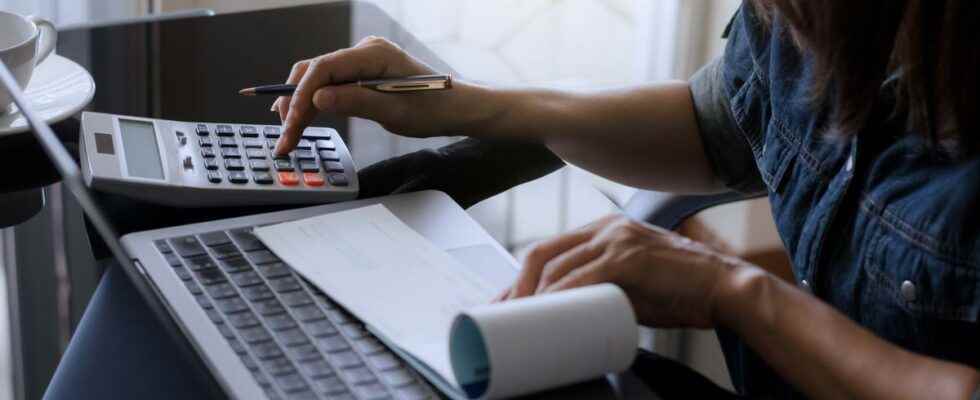This measure voted within the framework of the purchasing power law will allow the employees concerned to benefit from additional remuneration. Explanations.
While France is experiencing a general rise in prices with inflation exceeding 6% in July according to INSEE, the government passed its bill on purchasing power in early August. Among the measures to remember: the early release of up to €10,000 of employee savings until December 31 for private sector employees. Who is really affected by this device? And, more exactly, what does this change for employees? Answers…
Who are the employees affected by this measure?
It’s very simple: all employees working in the private sector will be able to benefit from it, provided that their seniority rate is more than three months in the box. Employee savings is a mandatory scheme in companies with more than 50 employees. According to a Dares study in 2020, 9.5 million employees (i.e. 52.8% of employees in the private sector) had access to at least one profit-sharing, participation or employee savings plan.
Read alsoEmployee savings will also suffer from the crisis
When a company offers employee savings plans, employees regularly receive a letter informing them of the amount they will benefit from. The average amount paid, whether under profit-sharing and company participation, is estimated on average around €1,500, according to the Ministry of Labor. A nest egg that they can either receive directly or block on an employee savings account. With this new system, employees will be encouraged to withdraw up to €10,000 from their employee savings before the end of the year.
What does this device change?
The early release of employee savings is programmed to encourage consumption. It should allow the 9.5 million employees with employee savings to freely withdraw up to €10,000 by December 31, 2022. With one particularity: the amount released will not be subject to tax. However, it must be declared by the employer to the tax authorities. The new system prohibits, for example, employees from placing this money in a savings account or a life insurance contract.
Read alsoEmployee savings less profitable than the Livret A
And for good reason, the government wants this device to be above all dedicated “ the acquisition of goods or the provision of services “. In other words, that it serves, in the short term, to restore purchasing power to households and, at the same time, to mitigate the effects of soaring prices. To release these funds all at once, the employee must however contact his company. Collective retirement savings plans (Perco) will for their part not be eligible for the scheme. As for the rest of the terms of the measure, they will be detailed in the implementing decree once the law is published in the Official Journal.
What is the purpose of this measure?
For low salaries, employee savings is often the only precautionary savings. This system is therefore the perfect way for an employee to supplement his basic salary, since he reaps a share of the profits of the company that he himself has helped to develop by creating value. And this contribution is not negligible. According to an Opinion Way survey for Epsor, 35% of respondents place employee savings as their favorite advantage within the company. A figure that even reaches 43% among 25-34 year olds.
Read alsoHow to optimize your employee savings?
Are there cases of early release already existing?
Many cases of early release of tax-exempt employee savings already exist outside of this new measure. Employees can release their employee savings in the event of birth, marriage or PACS, divorce or separation with custody of at least one child, disability, death of the employee or his or her spouse, over-indebtedness, creation of business, acquisition of a principal residence, or in the event of domestic violence.
SEE ALSO – Julien Niquet: “Employee savings must become understandable”
